How many times do you need to rotate to restore the Rubik's cube?
Author:Institute of Physics of the Ch Time:2022.07.28

Rubik's cube is a kind of puzzle toy that is loved by people. Since the early 1980s, this toy has swept the world.
The Rubik's Cube has a variety of gameplay such as racing, blind twisting, and single twist. It has a long time. It is one of the most popular intellectual games every year.
The Rubik's Cube in the usual sense refers to the third -order Rubik's Cube. The shape of the third -order Rubik's cube is usually a cube, which is made of elastic hard plastic. The conventional racing gameplay is to disturb the Rubik's cube and then restore in the shortest time. The broad Rubik's cube refers to the geometry that can be disrupted and recovered by rotating and recovery.
The Rubik's Cube and the Single aristocrats (independent diamonds) in France and France (independent diamonds) are also incredible in the intellectual game industry.
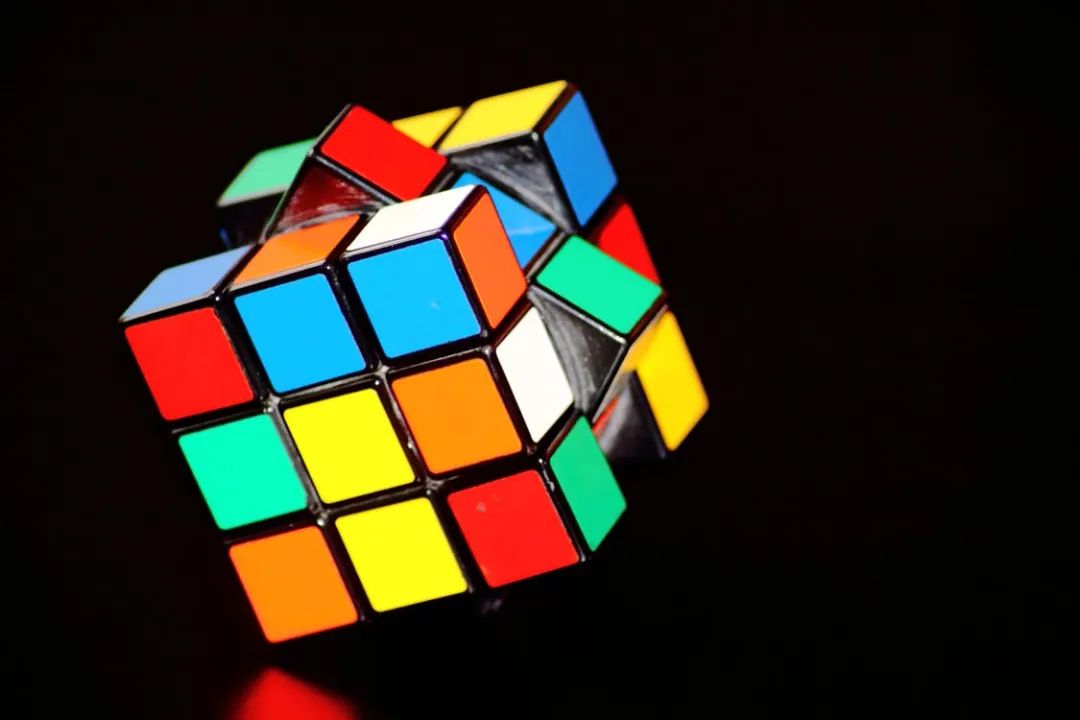
Picture source: PEXLS
Rubik's Cube was invented by Ernö Rubik at the Professor of Architecture at the Budapest School of Applied Arts, also known as Rubik ’s Cube.
Rubic originally wanted to invented not to incentive toys, but a teaching tool that could help students to understand space geometry intuitively. After a period of consideration, he decided to make a 3 × 3 × 3 structure composed of small cubes that can rotate at will.
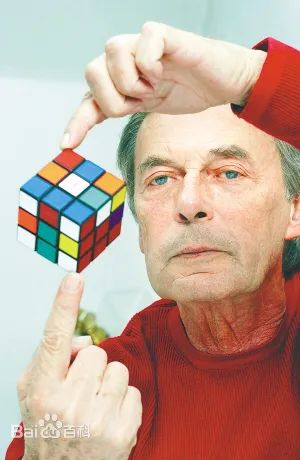
Eluo Rubic
But how can the various planes of the cube rotating at will, and will not be scattered because of this? This issue put Lubik's hard work. In a summer afternoon in 1974, he took a cool on the banks of the Danube. When his vision fell on the cobblestone on the river bank, he suddenly inspired. Surface to handle the structure inside the cube. He completed the design of the Rubik's cube.
Why does Rubik's Cube have such a big charm? That's because it has almost endless color combination. The standard Rubik's cube is a 3 × 3 × 3 cube, and each surface has a certain color at first.
But after many random rotation, those colors will be disrupted. At this time, if you want to restore it (to restore each face to the original color), it is not so easy. Because the total number of color combinations of the Rubik's Cube is an astronomical number: about 43 252 003 274 489 856 000.
If we make all these colors into the cube and let them line into one line, how far can it be lined up? Can I arrange from Beijing to Shanghai? more than. Can it be lined up from the earth to the moon? more than. Can I row from the sun to Neptune? more than. Can I get from the solar system to the neighboring star? More than! In fact, its length is 250 light years!
The color combination of the Rubik's cube is so many, making the Rubik's recovery of recovery into a skill that requires skills. However, pure players can often restore the Rubik's cube in a stunning short time, which indicates that as long as they master the skills, the number of rotation required for Rubik's recovery is not too much.
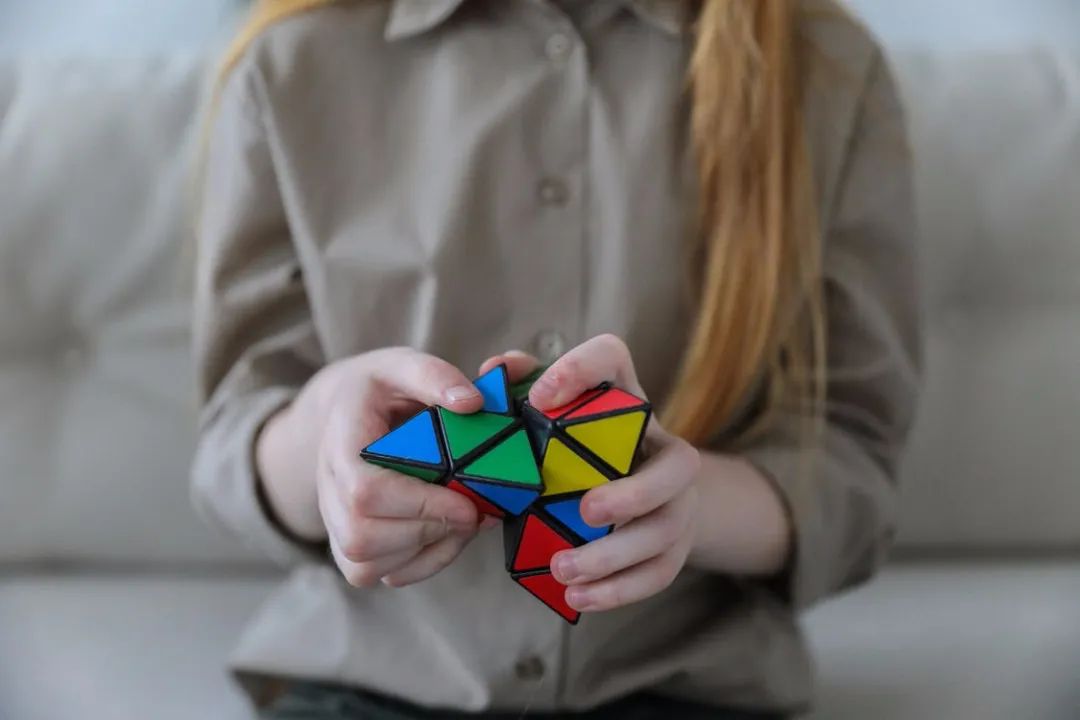
Picture source: PEXLS
Since 1981, Rubik's Cube enthusiasts have begun to hold a worldwide Rubik's Cube contest. In this kind of competition, there are constant world records that players refresh the shortest restoration time.
However, the number of rotations used by players to restore the Rubik's cube is not the theoretical number (that is, not the "number of God"), because they use the method that is convenient for the human brain, and the shortest recovery time is pursuing.
Although it takes a few more times to rotate a few times, it is still much faster than looking for the least theoretical rotation -in fact, the latter is often not the human brain at all.
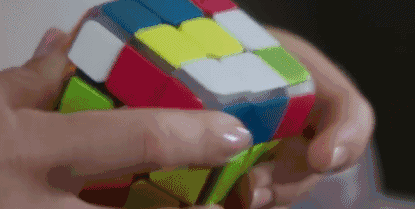
Picture source: network
So, how many times do you need to rotate to restore the Rubik's cube? Or more precisely, how many rotations need to be rotated to ensure that the Rubik's Cube of any color combination is restored? This issue not only made Rubik's cube enthusiasts curious, but also caused some mathematicians to be interested in, because it is a difficult mathematical issue. Mathematicians even gave this at least the number of rotations, called "the number of God".
Since the 1990s, mathematicians have been looking for this mysterious "God".
One of the most direct ideas for finding the "number of God" is what everyone can think of, that is, to calculate the minimum rotation one by one for all color combinations. The biggest one of them is obviously to ensure that any color combination is restored at least to restore the minimum recovery. The number of rotations is "the number of God". Unfortunately, such a calculation is the most powerful computer in the world, because the color combination of the Rubik's cube is too much.
How to do it? Mathematicians had to resort to their old line -mathematics.
In 1992, a German mathematician named Herbert Kociemba proposed a new idea.
He found that in the basic rotation method of Rubik's cube, some can be made up series, and through this part of the rotation, nearly 20 billion colors combinations can be formed. Using these 20 billion combinations, Kexianba decomposed the recovery problem of Rubik's Cube into two steps: the first step is to transform any color combination to one of the 20 billion combinations, and the second step is to put the 200 200 of those 200 The combination of hundreds of hundreds of combinations. If we recover the Rubik's cube comparison to let the boat in a sea of ocean be sailed to a fixed destination, then the two -billion color combination proposed by Kexianba is like a special water -a fixed place than that fixed place. It is 20 billion times special waters. The two steps he proposed were like letting the boat go to the special water first, and then drove from there to the fixed destination. Finding a huge special waters in the sea of Wangyang is obviously much easier than finding that small destination directly. This is the superiority of Kexianba's new idea. But even so, it is not easy to estimate the "number of God" by Kexianba's method. In particular, in order to make fast calculations, it is best to store the minimum number of rotation of the 20 billion colors (which is equivalent to the "special water" map) stored in the computer's memory, which requires about 300 megers Memory. The 300 mega seems to be a small number today, but the year when Koshima proposed a new idea, the memory of ordinary machines was far from one tenth of it. Therefore, it was not until three years later that someone used Ke Xianba's method to give the first estimate. This person is called M. Reid and is an American mathematician.
In 1995, Reed found through calculations that after a maximum of 12 rotations, a combination of Rubik's Cube's arbitrary color combination can be turned into one of the 20 billion combinations of Kexianba. Any recovery in the hundreds of millions of combinations. This shows that after a maximum of 12+18 = 30 rotations, you can restore any color combination of the Rubik's cube.
Using this idea, in 2007, the "number of God" was proved that it was impossible to be greater than 26. In other words, only 26 rotations can ensure that the Rubik's cube of any color combination is restored.
But this number is not the "number of God", because Ke Xianba's new idea has a clear limitations, that is, one of the special color combinations he chose must be passed.
In fact, the minimum recovery method of some rotation is not through those special colors. Therefore, although Kexianba's new idea reduces the calculation amount, the recovery method found is not necessarily the least.
Picture source: PEXLS
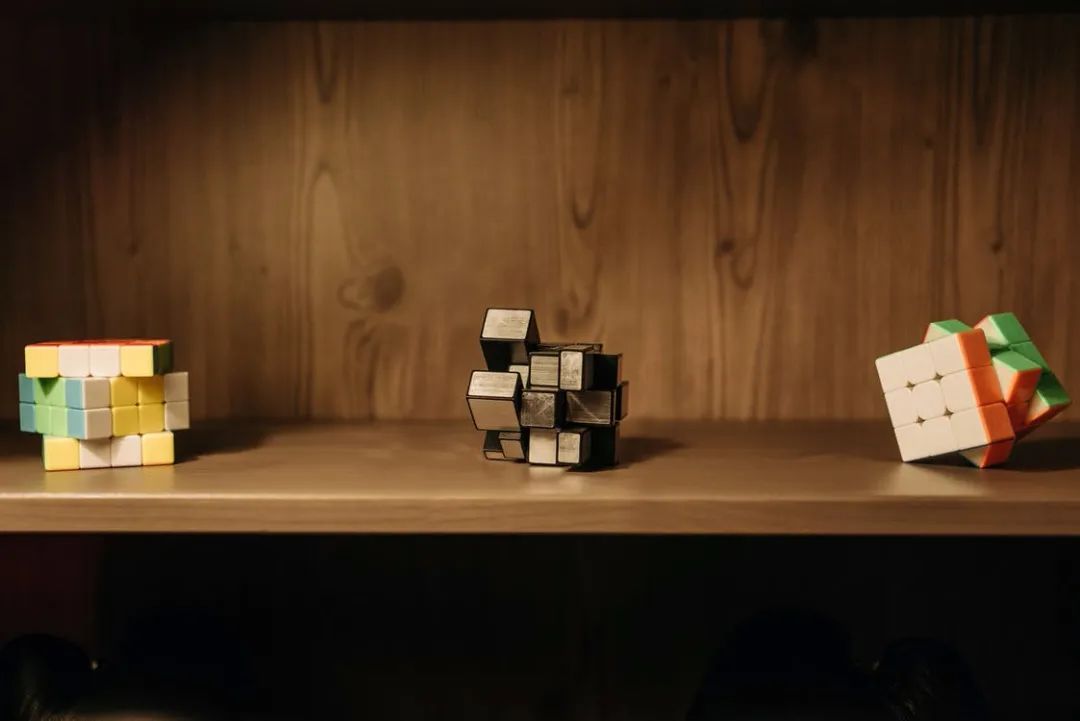
In order to break through this limit, mathematicians have adopted a compromise, that is, the number of special color combinations appropriately increases, because the larger the number of this number, the minimum recovery method of the rotation. Essence Of course, doing so will undoubtedly increase the calculation amount. However, the rapid development of computer technology quickly offset the increase in calculation.
In 2008, Tomrokicki, a computer master Tomrokick, compressed the estimated value of the "number of God" to 22 with this compromise. In other words, only 22 times of rotation can ensure that the Rubik's cube of any color combination is restored.
So, is the number 22 a "number of God"? the answer is negative. One of the obvious signs of this point is that people have never found that any color combination requires more than 20 rotations to recover.
This makes people guess that the "number of God" should be 20 (it cannot be less than 20, because many color combinations have proven to need 20 times to recover). In July 2010, this guess was finally proven by Kexianba himself and several collaborators.
Therefore, now we can use mathematical determination to answer, "How many times do you need to rotate to restore the Rubik's Cube?", The answer is: 20 times.
Comprehensive self: Book "Paul's Error: Flowers and Grass in the Hall of Science", "Number of God" Baidu Encyclopedia
Part of the source network
Copyright belongs to the original author
Edit: Zhang Runxin
Reprinted content only represents the author's point of view
Does not represent the position of the Institute of Physics of the Chinese Academy of Sciences
If you need to reprint, please contact the original public account
Source: Original Reading
Edit: Cloud Kaiye

- END -
Nine illegal social organization websites including the Chinese Academy of Ethnic Painting have been shut down

[Introduction] The reporter learned from the Ministry of Civil Affairs on the 19th...
Panlong District Meteorological Observatory issued a yellow warning of geological disasters [Class I
The Meteorological Bureau of Panlong District, Kunming City, and the Natural Resources Bureau of Panlong District, Kunming City jointly issued a Grade III warning of geological disasters meteorologica